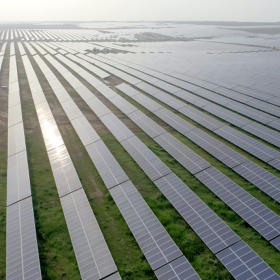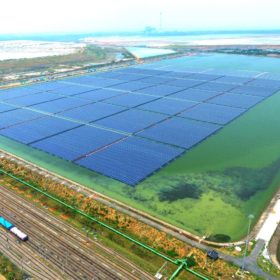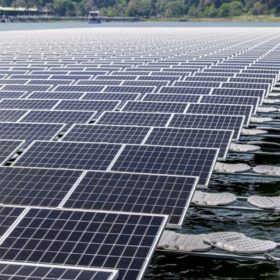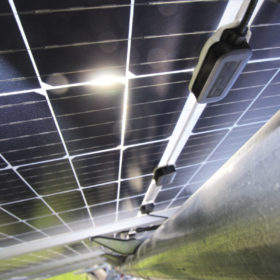NTPC’s 92 MW Kayamkulam floating solar project now fully operational
The 92 MW Kayamkulam floating solar project in Kerala is now fully operational, with its last-part capacity of 35 MW commissioned recently.
DVC seeks EPC contractors for 30 MW of floating solar
State-owned Damodar Valley Corp. (DVC) is seeking contractors to install and commission 30 MW of grid-connected floating solar capacity at its thermal power stations in Jharkhand and West Bengal. Bidding closes on Aug. 1.
Maharashtra launches 105 MW floating solar tender
Solar developers have until July 15 to lodge their interest in developing 105 MW of grid-connected floating solar at the Erai dam in Chandrapur district.
NTPC commissions 35 MW of Kayamkulam floating solar project
State-owned power producer NTPC has commissioned 35 MW of floating solar capacity. About 57 MW out of its 92 MW Kayamkulam floating solar project is now operational.
Small-scale floating PV with pumped hydro storage
Indian scientists have developed a system under which a pumped-hydro facility stores grid electricity during off-peak hours by pumping water to an upper reservoir. During peak hours, the system feeds the load, rather than taking power from the grid.
Madhya Pradesh renewable energy capacity grew 32-fold in 12 years
The State has reached 5,152 MW of installed renewable energy capacity, including 2,444 MW of wind, 2,490 MW solar, 119 MW biomass, and 99 MW small hydropower.
Lightweight solar for agricultural water reservoirs
The Genap Energy Cover uses HyET Solar Powerfoil thin-film solar modules, rated at 12.0% efficiency, for agricultural water storage and reservoirs, with an initial focus on the greenhouse and horticulture markets in the Netherlands. Genap said a 12kWp test setup had a generation density of 60W/m2, rising to 120W/m2 within a year, with an eventual target of 165W/m2.
NTPC commissions 22MW floating solar capacity in Kerala
The capacity is part of NTPC’s 92MW floating solar project at Rajiv Gandhi Gas based Power Station in Kayamkulam.
NTPC’s Ramagundam floating solar project hits 80MW milestone
The 100MW floating solar project at NTPC Ramagundam Thermal Power Plant in Telangana has reached 80MW of operational capacity with the recent commissioning of 42.5MW.
Maharashtra tenders floating solar and hydroelectric power plant
Renewable energy developers have until April 25 to lodge interest in developing a hybrid facility combining 1.5MW of hydroelectric generation capacity and 100MW of floating solar and the successful bidder will secure a 25-year power purchase agreement.













